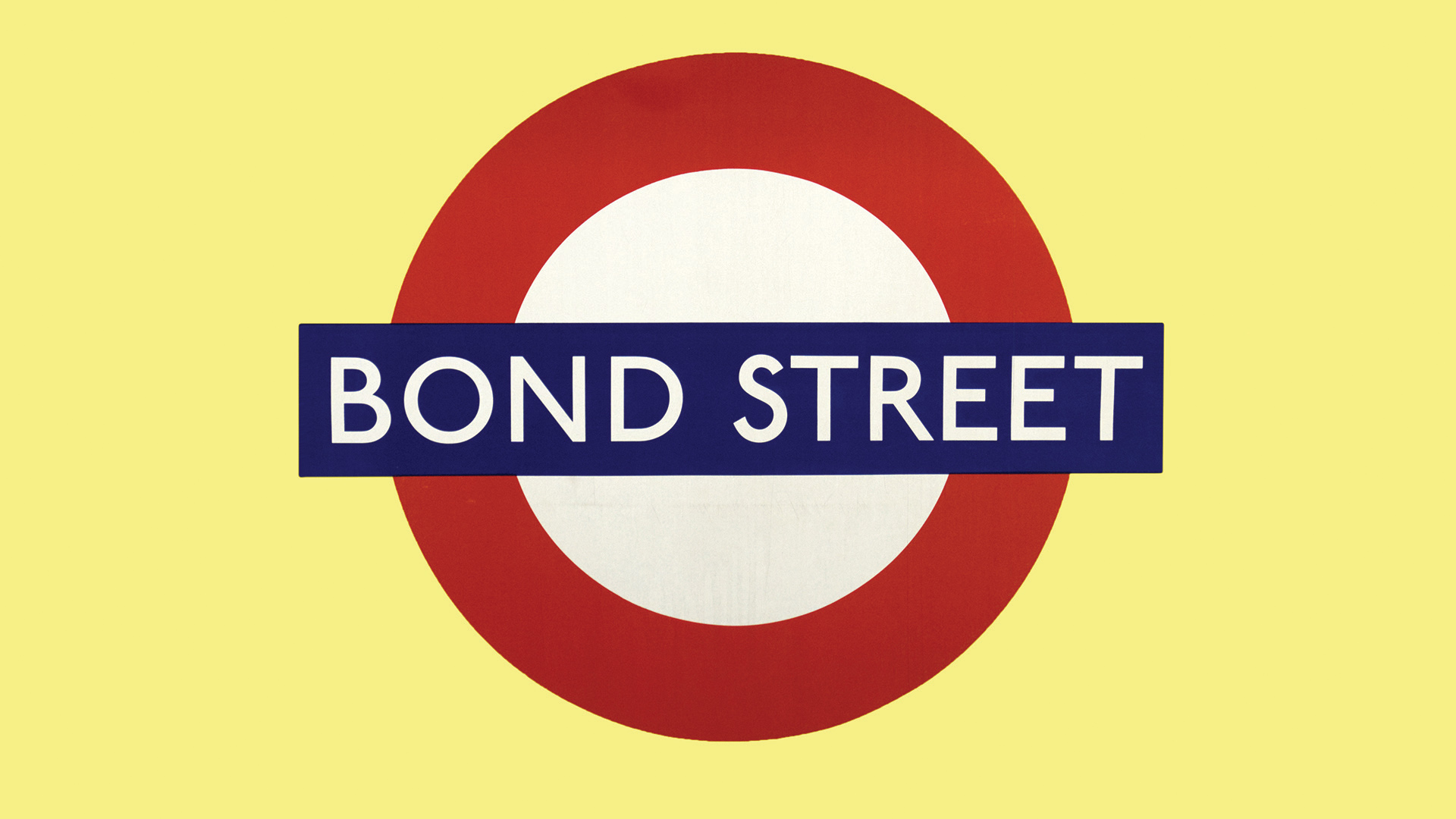We all know that diversification is key when it comes to maintaining a balanced and resilient investment portfolio. Given the current economic landscape, we believe that bonds have an important role to play. However, bonds can be confusing, so we thought it would be useful to explain how each type of bond works and why we think now might be a good time to invest in them.
Gilts
These are often referred to as UK government bonds, where an investor lends money to the UK government, and in return, they receive a gilt. The gilt has a redemption date (date to maturity) at which point, the nominal value is returned (typically the amount it was originally sold for). However, during the term of the gilt, a fixed income is paid, known as the coupon.
Interest rates play a huge part in the price of a gilt. When the base interest rate rises, the price of gilts tends to fall and vice versa. This happens because existing bonds with lower coupon rates become less attractive and newly issued bonds must offer higher coupon rates to attract investors. Consequently, investors demand a discount on older bonds to compensate for the lower interest income.
If the price of a gilt falls, its yield increases. Yield is the return an investor receives from holding a bond, expressed as a percentage of the bond’s face value. When the price drops, the yield rises because the fixed interest payments (coupon rate) remain the same, but they represent a higher percentage of the lower bond price.
Corporate bond
A corporate bond functions similarly to a gilt, but with a key distinction: you lend money to a company, not a government. This adds risk because companies can go bankrupt, potentially resulting in a partial or total loss of your investment.
Due to this extra risk, companies that issue corporate bonds will typically pay higher interest than gilts. However, you still know exactly what return you will receive.
A secure “investment grade” company (rated BBB or above) might offer around 1.5% to 2% p.a. in extra interest, while a “high-yield” bond (lower credit ratings) could provide 4% to 6% p.a. more than a gilt.
However, in the meantime, the bond’s price can fluctuate due to changes in interest rates (which make the fixed-rate bond more or less attractive by comparison) or perceptions of the risk involved.
High-yield bond
A high-yield bond is a form of corporate bond with a lower credit rating (BB+ or lower), indicating a higher likelihood of the company facing financial difficulties and potentially defaulting. As a result, investors demand a higher interest rate to lend money to these companies.
Whilst riskier, we have selected specialist fund managers who will conduct thorough credit analysis to check the security of the companies.
It’s important to note that “high- yield” doesn’t necessarily mean these are lesser-known companies. In fact, some of the top holdings in one of the high-yield funds we hold include Santander Bank, Heathrow Airport, and EDF Energy (who are mainly owned by the French Government).(1)
At present, the yield to maturity on the high-yield funds we hold in our portfolios is circa 10% p.a.(2)
We think that the income we are getting paid more than compensates us for the extra risk, even if the economy goes into a deep recession.
As you can see, bonds are relatively simple, and in isolation, you know exactly what you will receive upon maturity. However, during the term, the price of the bonds can fluctuate, and you can make a capital gain or loss if sold early. It’s also essential to understand that we don’t just hold one bond, we hold a portfolio of bonds, but the fundamental principle remains the same.
Why invest now?
Current bond yields are much higher than they have been in previous years, which implies much higher returns.
Historic data on the gilt index, for example, has shown a strong correlation between yields and returns. When gilt returns are low, yields have been low and high when yields are high. The current yield on a gilt is approximately 4.5% and, in the past, returns over the following 10 years exceeded 6% p.a. when yields were at a similar level.(3)
Similar is true of investment-grade corporate bonds where the yield and return are strongly linked albeit with slightly more risk and variation. Historically, the average return on a 10-year corporate bond tended to be 5-7% p.a. over 10 years when the yield started at 6.5% (a similar environment to now).(4)
For high-yield bonds, we can consider the USD index for comparison purposes. The current yield here is approximately 8%, and historical data shows returns of approximately 8% p.a. over five-year periods when the yield has been at these levels in the past.
As mentioned, the yield on our high- yield portfolio is approximately 10%. This is because these funds can invest globally, are more selective of which companies they lend to, and carry out due diligence to ensure risk is minimised. Based on historic turns, we can expect to see a return of approximately 10% p.a.(5)
Bonds not only offer a steady return but also serve as a hedge against inflation and as you can see from past indicators, they look particularly attractive right now don’t you think?
Find out more
For more information on the facts and figures above, visit The big question: Save or invest?
Past performance is for illustrative purposes only and cannot be guaranteed to apply in the future.
This article is intended as an information piece and does not constitute a solicitation of investment advice.
Sources:
(1) Royal London Asset Management
(2) EIM / the various fund managers, 31 July 2023)
(3) Refinitiv Datastream / Equilibrium Investment Management 30/01/90 – 30/06/23
(4) Refinitiv Datastream / Equilibrium Investment Management 30/01/90 – 30/06/23
(5) Refinitiv Datastream / Equilibrium Investment Management 30/01/10 – 30/06/2



